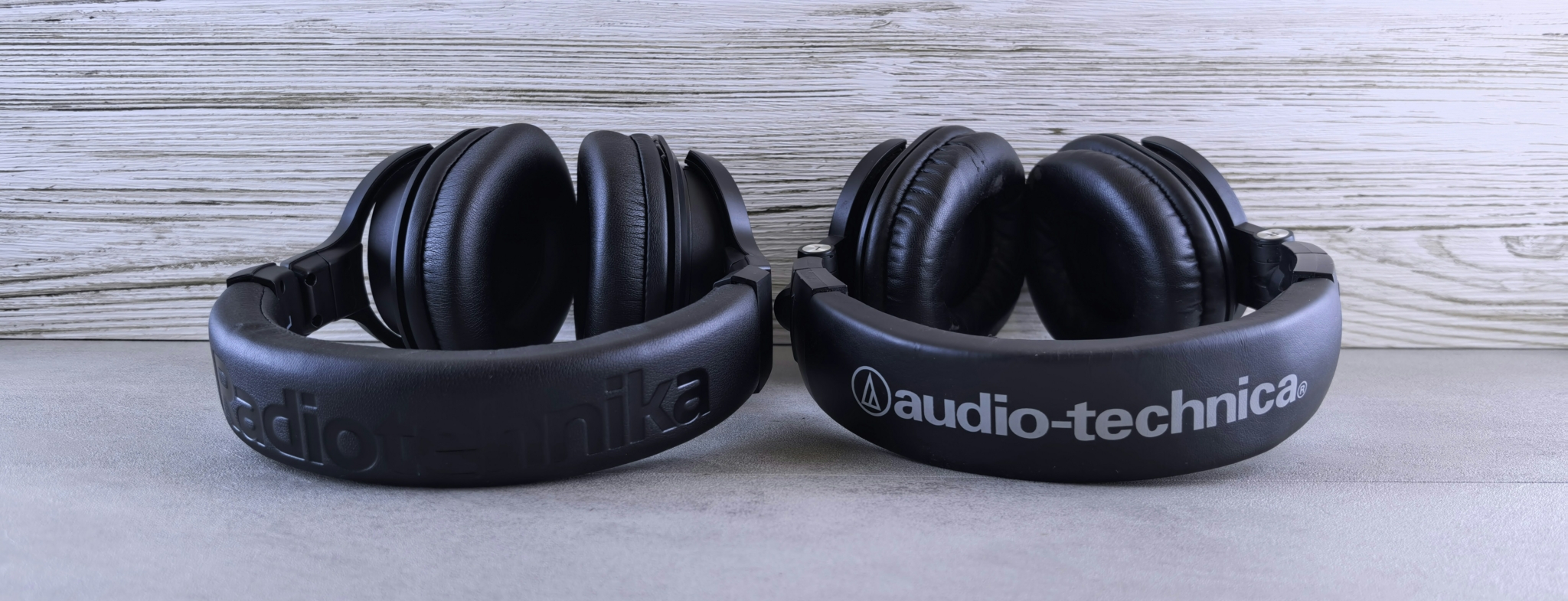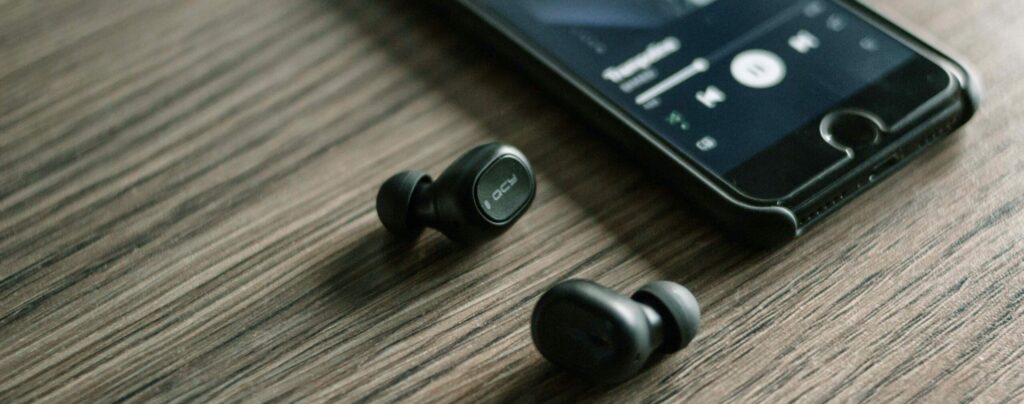Many people have been asking this question lately as they become more interested in high-quality music files. Lossless audio describes any digital audio format that does not lose any data during compression. This results in a larger file size compared to other formats, but it provides superior sound quality. In this blog post, we will discuss what lossless audio is and which lossless format is best for you!
Table of Contents
- The Evolution of Lossless Audio
- How Does Lossless Compression Work?
- Comparing Popular Lossless Formats (FLAC, WAV, AIFF, ALAC)
- Lossless and File Size: Storage Considerations
- Impact of Playback Equipment on Lossless Audio Quality
- Future of Lossless Audio: Emerging Formats and Technologies
- Digital-to-Analog Conversion (DAC) and Its Role in Lossless Audio
- Which Streaming Platforms Support Lossless Audio?
- Lossless Audio in Mobile Devices
- Conclusion: Is Lossless Audio Worth It?
The Evolution of Lossless Audio
The history of lossless audio compression traces back to the need for preserving audio quality in digital form without sacrificing data during compression. In the early days of digital music, audio quality was limited by storage constraints, and lossy formats like MP3 were the standard. As storage technology improved, there was a growing demand for formats that could retain every detail of the original recording.
The introduction of CDs in the 1980s marked a significant milestone, as they could hold uncompressed digital audio. Later, with the rise of digital music files, formats like WAV and AIFF became popular in the recording industry due to their lossless nature. However, these formats resulted in large file sizes. The development of lossless compression algorithms led to formats like FLAC and ALAC, which allowed for smaller file sizes without compromising audio quality. Today, these formats are widely used by audiophiles and music producers who prioritize sound quality.
How Does Lossless Compression Work?
Lossless compression works by using algorithms that reduce file size without permanently removing any audio data. Unlike lossy compression (which discards parts of the audio that are deemed less essential), lossless compression retains every bit of information, making it possible to reconstruct the original audio file without loss.
Lossless audio formats, such as FLAC and ALAC, achieve smaller file sizes through techniques like predictive coding and variable-length encoding. These techniques identify patterns in the audio and compress them efficiently. While lossless files are still larger than their lossy counterparts, they are significantly smaller than uncompressed files like WAV or AIFF, providing a balance between file size and audio fidelity.
Is Lossless Audio the Same as Hi-Fi / Hi-Res?

There is a lot of confusion about the terms “lossless audio” and “hi-fi/hi-res.” Some people use them interchangeably, while others believe that they are two different things. So, what is the difference? Lossless audio refers to any digital audio format that does not lose any data during compression. This means that the file size will be larger than other formats, but the sound quality will be superior. Hi-fi / hi-res audio, on the other hand, refers to audio that has been mastered or digitized at a resolution higher than standard CD quality. So, in conclusion, they are different terms that are often confused.
What is the Difference Between Lossless and Lossy Formats?
Lossless formats like FLAC and WAV retain all data during compression. In contrast, lossy formats like MP3 lose information. This results in larger file sizes for lossless audio. However, they offer better sound quality. The information lost in MP3 compression is strategically discarded using psychoacoustics. Therefore, it is often hard to notice. This raises the question: are lossless formats worth it?
Comparing Popular Lossless Formats (FLAC, WAV, AIFF, ALAC)
Several lossless audio formats enjoy popularity today, each with its own strengths and ideal use cases:
- FLAC (Free Lossless Audio Codec): FLAC stands out as one of the most popular lossless formats due to its high compression efficiency and broad compatibility with media players. It serves as an excellent choice for building a high-quality music library.
- WAV (Waveform Audio File Format): WAV files remain uncompressed, resulting in larger sizes but making them ideal for professional recording and editing. Many audio professionals favor WAV for its high fidelity and simplicity.
- AIFF (Audio Interchange File Format): Developed by Apple, AIFF functions as an uncompressed format similar to WAV and finds frequent use in professional environments. AIFF provides high sound quality but lacks efficiency in terms of file size.
- ALAC (Apple Lossless Audio Codec): Created by Apple, ALAC optimizes for Apple devices and offers a quality level similar to FLAC, but with broader compatibility on iOS and macOS.
Which Lossless Format is Best?
Choosing the right lossless audio format largely depends on your intended use for the files and the equipment you have available. If you prioritize storage efficiency without sacrificing audio quality, FLAC or ALAC presents excellent choices. FLAC, in particular, boasts wide support and delivers high-quality sound with more manageable file sizes, making it ideal for most users seeking a balance between quality and storage space. ALAC also proves efficient and serves as a great option for Apple users seeking seamless compatibility with their devices.
For those in audio production or who need uncompromised quality for editing purposes, formats like WAV or AIFF might be more suitable. These formats are uncompressed and provide the raw, full-quality audio that professionals often require in a recording studio. However, they do come with larger file sizes, which can be a challenge for casual listeners or those with limited storage.

In my view, FLAC offers the best all-around choice for personal music libraries due to its quality, efficiency, and broad compatibility across devices and players. However, if you’re deeply invested in the Apple ecosystem, consider ALAC as a strong alternative. Reserve WAV and AIFF for more specialized formats, best suited for production environments or when you need the absolute highest quality, regardless of file size. Ultimately, the right format depends on how you intend to use and store your music, along with your specific device preferences.
Lossless and File Size: Storage Considerations
One of the main challenges with lossless audio is the file size. Lossless formats like FLAC and ALAC offer a good balance between quality and size, but they’re still significantly larger than lossy formats like MP3. For instance, a typical FLAC file might be about half the size of an uncompressed WAV file but still 5-10 times larger than an MP3 of similar length.
If you’re building a lossless music library, it’s essential to plan for storage. External hard drives, network-attached storage (NAS) systems, or cloud-based solutions can help manage the storage demands of a large lossless audio collection.
Impact of Playback Equipment on Lossless Audio Quality
The quality of playback equipment can greatly impact how much benefit you’ll get from lossless audio. High-quality headphones, speakers, and amplifiers can reveal details that might go unnoticed on average consumer gear. However, if you’re listening on standard earphones or a budget Bluetooth speaker, the difference between lossless and lossy formats may be negligible.

A digital-to-analog converter (DAC) (or a professional audio interface) is another key component that can enhance audio quality. Many smartphones and computers come with basic DACs, but investing in a high-quality DAC can make a noticeable difference, particularly when listening to high-resolution, lossless files.
Future of Lossless Audio: Emerging Formats and Technologies
With the increasing popularity of high-definition audio, several new technologies and formats have emerged to push the boundaries of audio fidelity. Master Quality Authenticated (MQA) delivers studio-quality sound while maintaining relatively small file sizes. Additionally, immersive audio formats like Dolby Atmos and Sony 360 Reality Audio are becoming more accessible to consumers, allowing them to enjoy a more immersive audio experience.
As these technologies evolve, we may see even more efficient lossless formats and advanced audio experiences. Music Streaming services are also moving towards offering higher-quality, lossless, or even immersive audio options, which could redefine the standard for online music consumption.
Digital-to-Analog Conversion (DAC) and Its Role in Lossless Audio
A DAC, or digital-to-analog converter, serves as an essential component in any digital audio system by converting the digital audio signal into an analog one that headphones or speakers can play. Higher-quality DACs significantly enhance the audio experience, especially for lossless formats. Many audiophiles invest in external DACs and other audio equipment to ensure that their high-resolution audio files reproduce with the highest fidelity possible. Some popular DACs include portable models that work with smartphones and computers, as well as desktop versions that provide even higher-quality output.
Which Streaming Platforms Support Lossless Audio?
If you are interested in listening to lossless music, there are a few options available. One option is to purchase lossless audio files from a music store such as iTunes or Amazon. Another option is to use a streaming service that offers lossless music, such as Tidal or Qobuz.
Apple Music also introduced lossless audio to their subscribers back in June 2021. Spotify, on the other hand, does not currently offer lossless music streaming. The streaming giant did announce last year that it was set to offer lossless audio, but we are still waiting for this to come to fruition. Whilst no one is certain why there is such a delay, some suspect it is due to licensing issues. If you are interested in streaming lossless music now, we recommend using one of the services mentioned above.
Lossless Audio in Mobile Devices

Listening to lossless audio on mobile devices can be challenging due to limited storage and battery life. Lossless files take up more space, which can quickly fill up a device’s storage, and high-quality playback may also drain the battery faster.
However, some smartphones optimize for high-resolution audio, and with professional headphones or a DAC, you can enjoy an excellent listening experience. For those who are serious about mobile lossless audio, investing in a portable DAC and high-quality headphones can make a noticeable difference.
Conclusion: Is Lossless Audio Worth It?
The answer to this question depends on your needs and preferences. If you seek the best possible sound quality and have enough storage space, then a lossless format is definitely worth it. If you have limited storage space or don’t mind sacrificing some sound quality for smaller files, then a lossy format may suit you better.
Ultimately, it comes down to what works best for your individual situation. Lossless audio is becoming more popular as people become more aware of the difference between lossless and lossy formats. The best lossless format for you depends on your needs and preferences. But with the right equipment, you can enjoy listening to lossless audio, making it a great experience that’s worth the investment.
Über die Autorin / den Autor

Joe Curtis
Digital Marketer und Content WriterJoe Curtis ist ein leidenschaftlicher Digital Marketer aus dem Vereinigten Königreich. Während seiner Zeit bei MasteringBOX hat er großartige Inhalte über Audio- und Musikproduktion erstellt.
Hinterlasse einen Kommentar
Einloggen, um zu kommentieren


